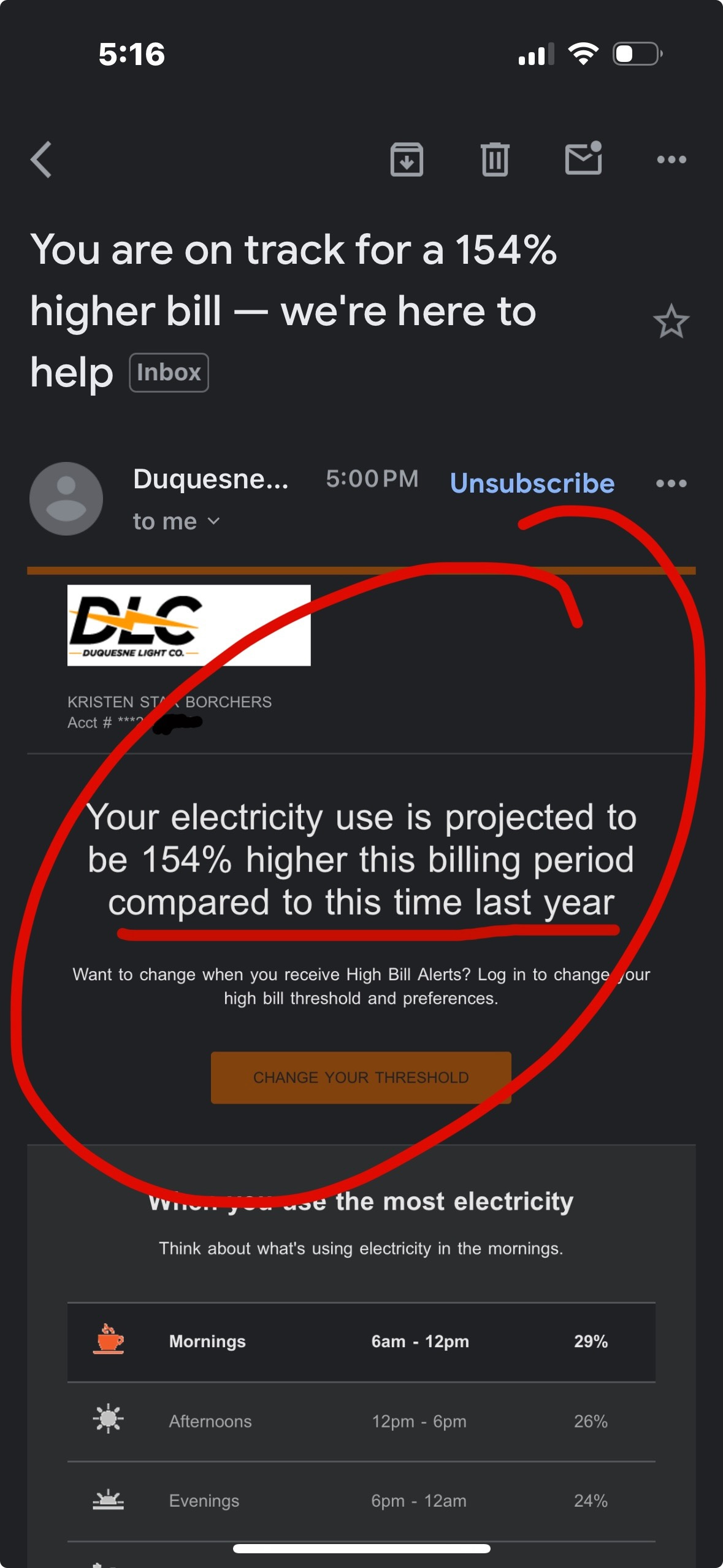How Much Was That?!? Helllp!!
Energy doesn’t need to be this expensive... does it? What I learned from my crazy gas and electric bills this month.
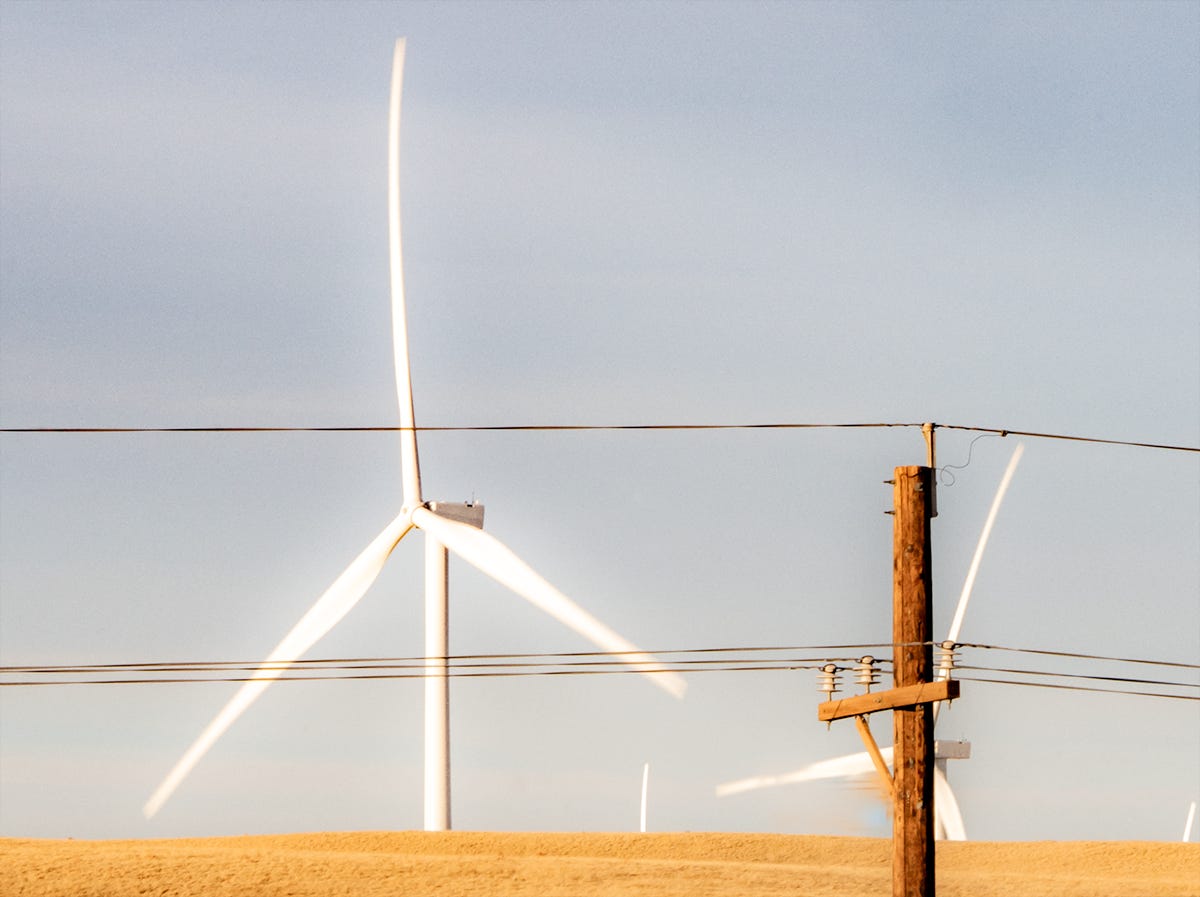
*Payment Due*
I stood at the kitchen counter, my hands on the edge of the gas bill envelope, the one with the bold letters at the top — *Payment Due*. I ripped it open, already bracing for something unpleasant. Bills are like that, right? But this … Uhhhhh. I wasn’t prepared for this. This wasn’t just unpleasant. This was outrageous! I blinked at the amount due, my heart skipping a beat. It was almost double what I had paid last month. It couldn’t be right. I set the bill down, rubbed my eyes, went to get my reading glasses, (yes, I’m that old), and tried to gather my thoughts. I grabbed the electric bill next, hoping maybe the gas bill was an anomaly. But no — there it was again. What? Same thing. My electric bill was nearly double what it had been just two months ago? I could hardly believe it. I hadn’t done anything different, hadn’t changed my lifestyle — if anything I had been even more conscientious recently telling the kids to shut lights and devices off if they were not in use (and got the “Moooooom! I was still using that!”) I picked up my phone and checked my old statements. Maybe I was misreading something. Maybe I’d forgotten a payment or missed some kind of rate change? But the numbers matched. *Amount Due* — again, almost twice as much. I checked again. And again. Surely, I was missing something. But I wasn’t. There was no reason given for these jumps. No explanation. No notice. Just the harsh reality of a number that was nearly twice what I was used to, glaring back at me. (Was I glaring too? You bet!) It was the kind of number that made me want to stop everything and stare at it, as if I could will it to change with the power of my disbelief and growing vexation. I paced around, irritated, and finally sat down at the table and tried to shake off the mounting frustration. It’s hard not to feel powerless in moments like these, when the bills come in and there’s nothing you can do … but pay up. I started thinking, “We have competitive markets for every other area, why are there not more choices for competitive energy? Wouldn’t competing gas and electric companies drive costs lower for the consumer? Where did these spikes in cost come from?” I am a person who has to know. I started digging.
Rising Utility Costs and a Failing Grid
The first recently posted article I found started discussing my rising utility costs stating that electricity prices have surged from $0.14 per kilowatt hour in 2019 to $0.18 in 2024. Woah! I realized this was nearly a 30% price increase in 5 years (though my bill seemed to have more than doubled within a year). I continued and found that this increase is pushing the average American's monthly utility bill to nearly $300. I also learned some new vocabulary: “Energy Poverty”. This increased electricity financial burden has led to "energy poverty," which is affecting 16% of U.S. households — where more than 6% of income goes to energy costs — including 5.2 million households above the poverty line.
I read about a North Carolina mother, who was also facing tough choices, hers being between paying utility bills, rent, food, or funding extracurricular activities for children, despite her family using minimal cooling and heating solutions. The article identified multiple factors driving these costs, including natural gas price volatility, wildfire risks, transmission expenses, regulations, and inflation.
Experts suggested that clean energy investments, such as wind and solar, could mitigate these rising energy costs. States with high renewable energy adoption, like New Mexico and Iowa, have seen lower rate increases, and studies indicate potential annual savings of $500 per household through clean energy infrastructure. Despite the promise of declining costs and emissions reductions, the transition requires proactive policy and regulation to avoid passing unnecessary expenses onto consumers. Strategies like improved planning, grid-enhancing technologies, and competitive procurement are recommended to ensure an affordable shift to clean electricity.
I also found out that the United States is facing significant challenges with its national power grid due to extreme weather events. The grid is currently unable to cope effectively, leading to widespread power outages. On the mainland, 80% of major outages between 2000 and 2023 were weather-related, according to Climate Central. The American Society of Civil Engineers gave the U.S. energy sector a “C-” in its latest infrastructure report, noting that while investments in transmission lines have increased, severe weather remains a threat. The Department of Energy estimates that these outages cost the U.S. economy between $28 billion and $169 billion annually, highlighting the urgent need for improvements to the aging transmission and distribution systems. “Costs the U.S. economy?” Taxpayers! Me!
Hmmmm… I kept digging.
An even more recent PureSky Energy article (February 2025), caught my attention. It stated that rising fuel costs in the U.S. are closely tied to the use of natural gas, which generated 43% of the country’s electricity in 2023. Natural gas prices have been volatile due to geopolitical tensions and disruptions in supply chains, such as the energy crisis in Europe. Over the past year, prices have increased, though not as sharply as in 2022. Growing global and domestic demand for natural gas has raised costs for American power plants, which are then passed on to consumers … Me again!
In its 2024 Long-Term Reliability Assessment, I found the NERC, (a group that keeps an eye on North America’s power system), says we’re heading toward some big problems over the next 10 years. The demand for electricity is shooting up, but a lot of the older power plants — ones that burn fuel like coal or gas — are shutting down. New options like solar panels, batteries, and mixed setups are trying to take their place, and tons of these projects are lined up to get connected to the grid. But they’re not getting built fast enough to keep up with what we need.
On top of that, these new replacements depend on the weather — like sunshine for solar — which makes them less steady than the old plants they’re replacing. So, even though we’re adding some new power, it’s not as reliable or as much as we thought we’d have to handle the growing need for electricity. This all adds up to some serious headaches for keeping the lights on: we’ve got to deal with more demand, figure out what to do as old plants close, and speed up building new power sources and the lines to carry that power.
PureSky also cited that the global supply chain disruptions caused by covid and other economic factors, “… have impacted the availability of critical components for power generation and distribution. These supply chain issues have driven up the cost of maintaining and expanding the energy grid … .” They also stated that, “... many utility companies blame increased costs from solar and wind capacity additions for increasing the rate …” of my bill. Electrical companies may add charges to bills labeled as “renewable energy” or “solar,” which simply translates to their passing on any cost of new electricity capacity to the customer … Huh?? I’m paying for their upgrade??
So…
Fuel costs are going up due to politics at home and globally.
The demand for energy is increasing. (How many devices are plugged in and charging in your home?)
We have an aging energy infrastructure that can’t handle the volume and needs to be replaced/upgraded … more cost … to the consumer … Me, yet again!
There is currently limited availability and supply chain issues of critical grid components for electrical generation and distribution.
Many companies are adding charges to conventional utility bills labeled as “renewable energy/solar.”
(And, our conclusion is that governments and energy companies are focused on short term profit, not long-term solutions, even as they pretend to be developing long-term solutions, while charging the customers directly for the “development” charade.)
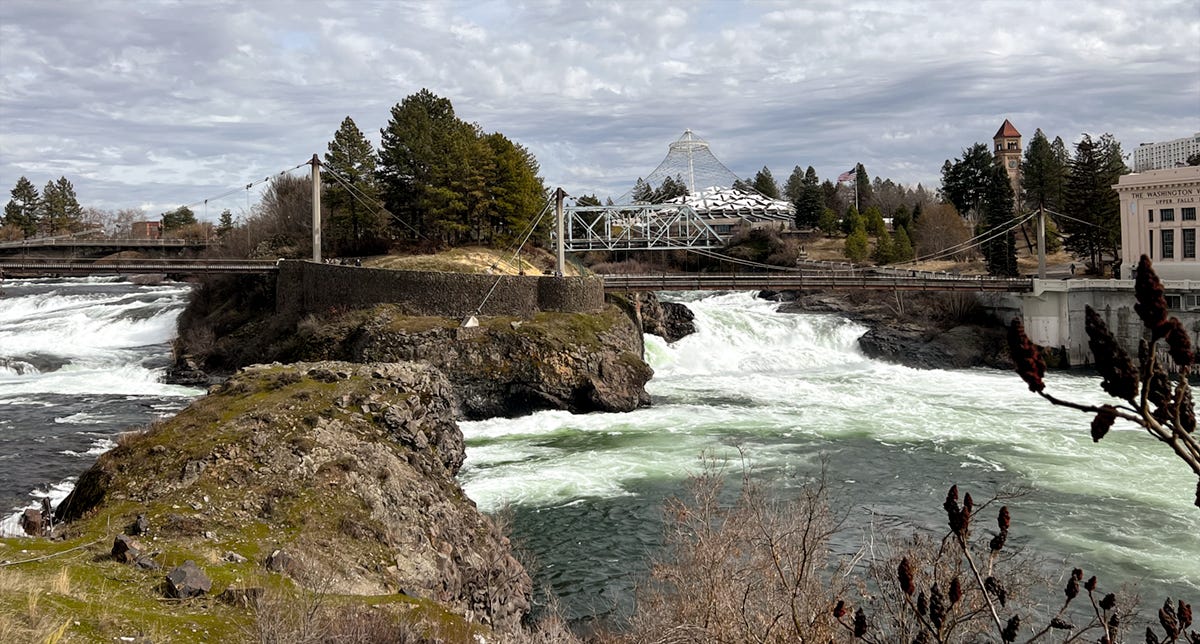
A Pipe Dream?
From there my active imagination began to ponder — “What if energy could be free?” I let that thought swirl in my mind. Free energy. A society where electricity wasn’t something that came with a price tag. A society where heating your home wasn’t another mortgage payment. Where you could leave the lights on without worrying about the rising cost of every watt. Could that ever happen? Was it really possible? With my science and math background I knew many scientists had delved deeply into research and experimentation in the past. Curious to know more I pulled out my phone and started typing again. Research. “Free energy.” I had heard whispers of it before, at university, in documentaries, even in late-night shows. But now, with this ridiculous spike in my bills, I wanted more specific information. What I found made my thoughts spin in new directions I hadn’t thought about previously ... I knew the idea of free energy wasn’t new. Far from it. In fact, some of the brightest minds in history had dreamt of it. Nikola Tesla, for example. The man who invented the alternating current (AC) system that powers our homes today, believed in the possibility of wireless energy transmission, where energy would be free, ubiquitous, and available to everyone without the need for wires or power plants. Tesla envisioned a world where energy was available in abundance, not as a commodity controlled by monopolies or corporations. (Yes, please.) He dreamed of a global system that could send energy wirelessly through the atmosphere, using the Earth itself as a conductor. There were other great minds at the time, like Thomas Edison, who also worked tirelessly to bring electricity into the mainstream, though he and Tesla famously disagreed on the best way to distribute and use it. Tesla’s grand vision for free energy is nowhere near fully realized. Many believe his ideas were suppressed in favor of more profitable, conventional energy solutions. Tesla wasn’t the only one … there were others, too. Scientists like Hans Jakob, who experimented with atmospheric electricity, and even inventors like John Searl, who has claimed to have developed a "free energy" device with his "Searl Effect Generator." Yet, time and time again, these ideas faced skepticism, lack of funding, or, in some cases, outright opposition from the powers that be. The history of free energy is tangled in mystery, lost ideas, and, possibly, suppression. But the question remained: Could it still happen? I did more digging and found that, in recent years, while there has been a resurgence of interest in alternative energy sources and revolutionary technologies, they still collectively only contribute a small percentage of the total energy supply. Wind, for example, is currently at 7.8% of the total. Yet, solar power, wind energy, geothermal, and even the exploration of fusion energy — though still far from commercially viable — still offer hopeful signs that energy could one day be more sustainable and more affordable. The research is ongoing, with promising developments in efficiency, storage, and environmental impact. And though we’re not there yet, the possibility of a world where energy is nearly free feels closer than ever. Still, for now, the reality of my own energy bills kept me grounded. No matter how much I daydreamed about the Tesla-era world of limitless power, the fact remained that I needed to pay those bills. But as I thought about Tesla’s vision — about what could be — I started to feel a little less defeated. Maybe one day, we’d get there. Maybe future generations (or even my kids!) wouldn’t have to face the same struggles. Maybe, just maybe, this spike in my bills would be a relic of the past. For now, though, I had to take a deep breath, figure out how to pay these bills, (anyone see a money tree around? because my paycheck sure didn’t double in the last month like the bills!), and hope that someday in the near future, someone will figure out how to make the dream of free energy a reality. § ksb
Prognostications
Various searches on the web on the possibility of “free and readily available energy,” especially using AI search engines, delivered a range of responses including chastisements about needing to conserve more energy rather than expect more energy. However, the overall conclusion using a range of bots, was that free (or very low cost) and universally available energy was possible under certain conditions.
There is far more energy available to harness from renewable sources than could ever be used by humans, no matter what the population of Earth may be. For example, if wind energy could be fully harnessed, its potential supply would exceed global human energy demand by 40 times. Whereas, the Sun produces 650,000 times Earth's annual energy needs every second. Just 0.01% of incoming solar energy could power human civilization 10,000 times over. Come the day.
The summary of our extensive research process is as follows —
Timeline for Free Energy
1. Short-Term (2025–2035): Renewable energy will dominate new capacity additions globally. Continued cost reductions in solar PV and wind could make electricity nearly free in regions with abundant resources during peak production times.
2. Mid-Term (2035–2050): With scalable storage solutions and advanced grid systems, renewables could supply the majority of global demand reliably. Energy access may become universally affordable or even free in some regions due to surplus renewable generation.
3. Long-Term (2050+): If technological breakthroughs continue (e.g., nuclear fusion or advanced solar harvesting), combined with global cooperation, free universal energy could become a reality. The transition would depend on overcoming political, economic, and logistical barriers.
Conclusion
Universally available and free energy is achievable within decades if renewable technologies continue advancing alongside robust storage systems and supportive policies. While natural energy sources far exceed human demand, transforming this potential into accessible power requires sustained innovation and global collaboration.
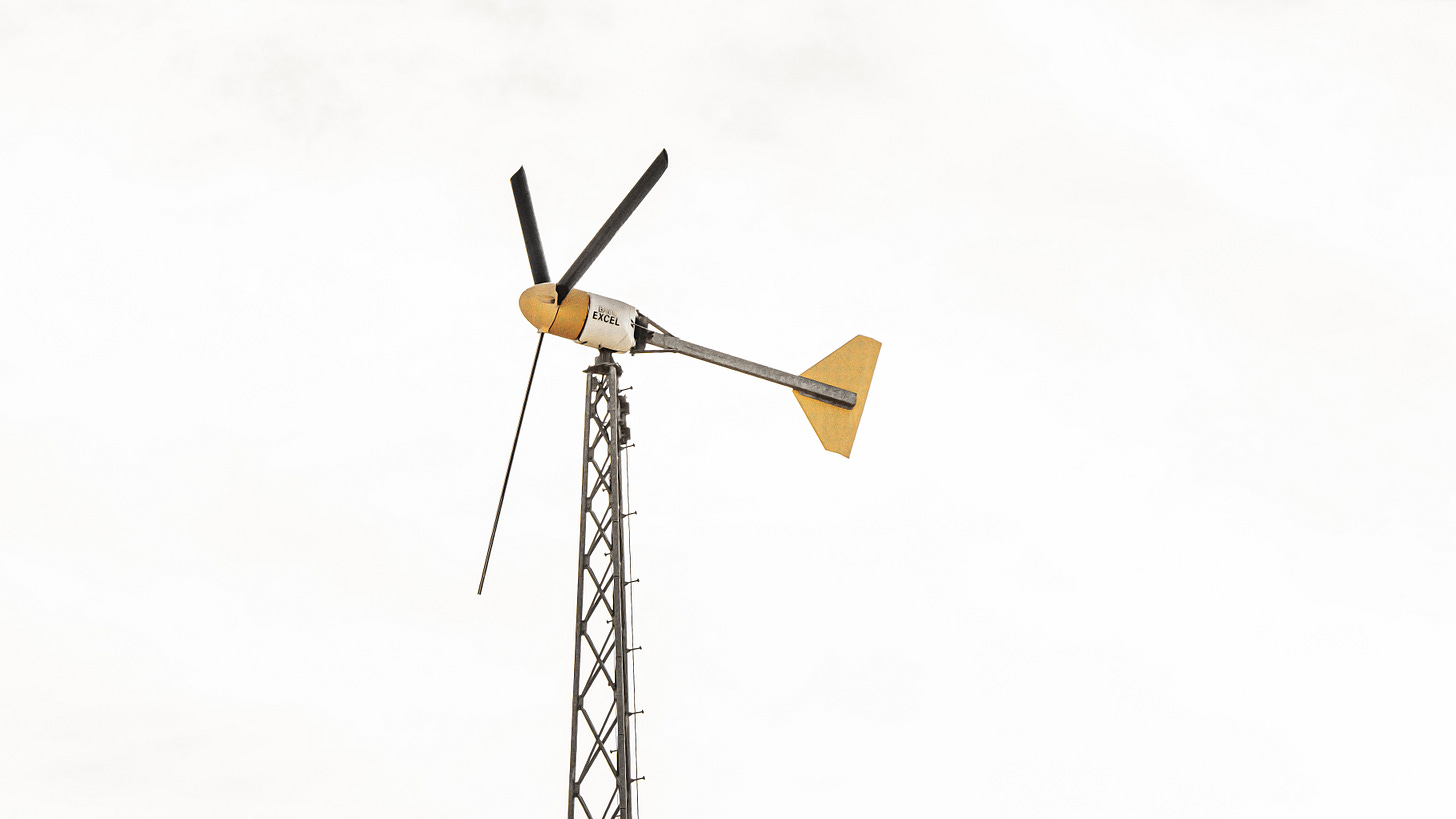
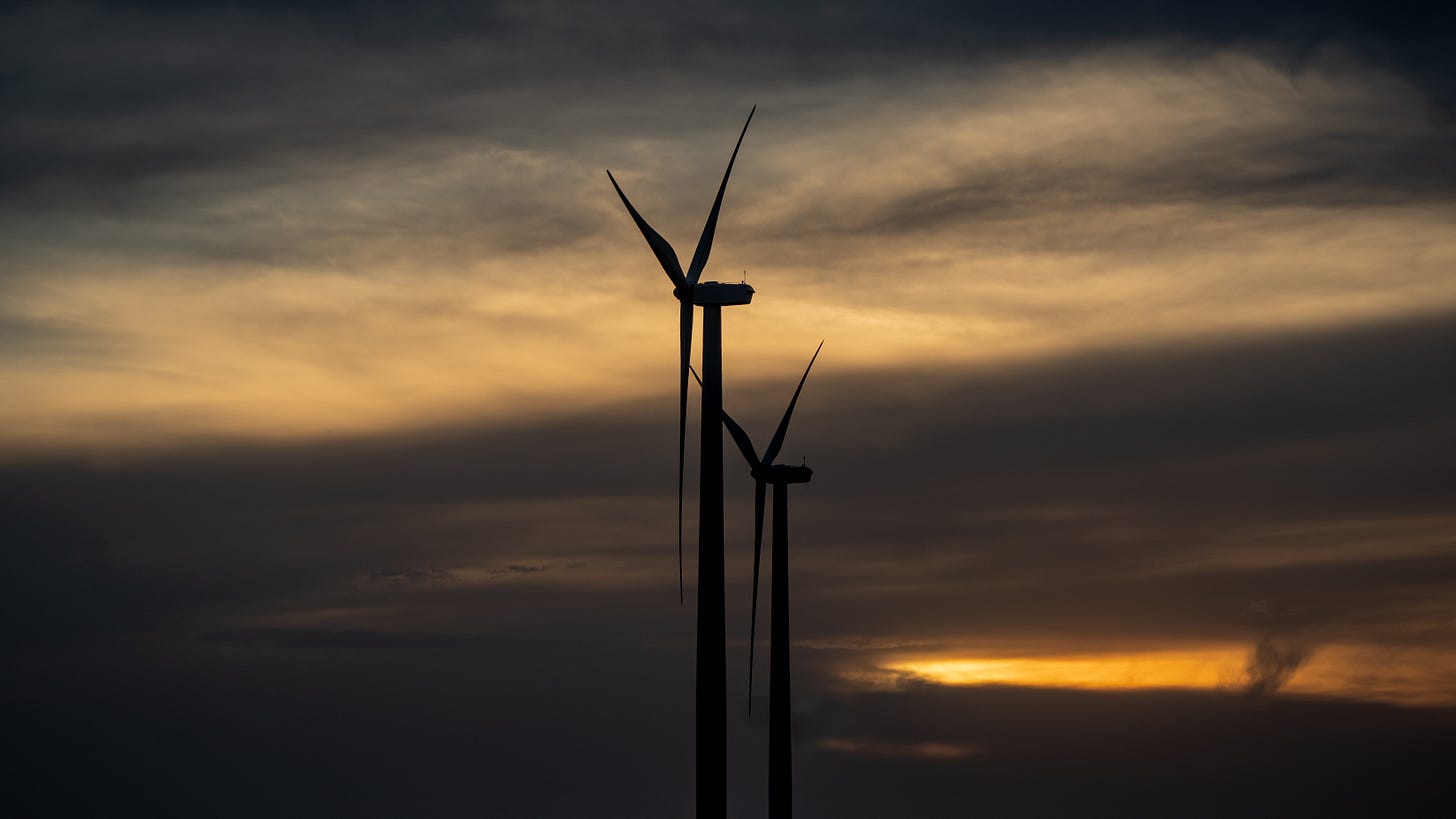
References
https://www.cbsnews.com/news/electricity-prices-rising-inflation-climate-change-clean-energy/
https://www.nature.com/articles/s41467-021-27673-y#Sec2
https://infrastructurereportcard.org/cat-item/energy-infrastructure/
https://www.pureskyenergy.com/news-community/articles/why-are-electricity-prices-so-high-right-now-for-americans
https://www.eia.gov/tools/faqs/faq.php?id=427&t=3
https://www.eia.gov/todayinenergy/detail.php?id=64344
https://www.nerc.com/pa/RAPA/ra/Reliability%20Assessments%20DL/NERC_Long%20Term%20Reliability%20Assessment_2024.pdf





